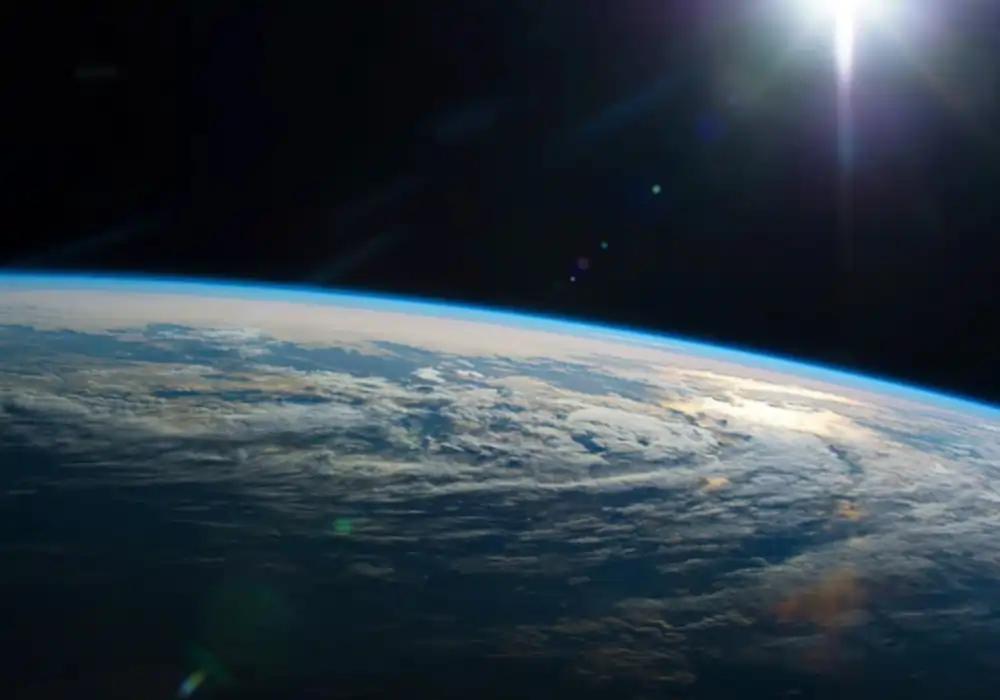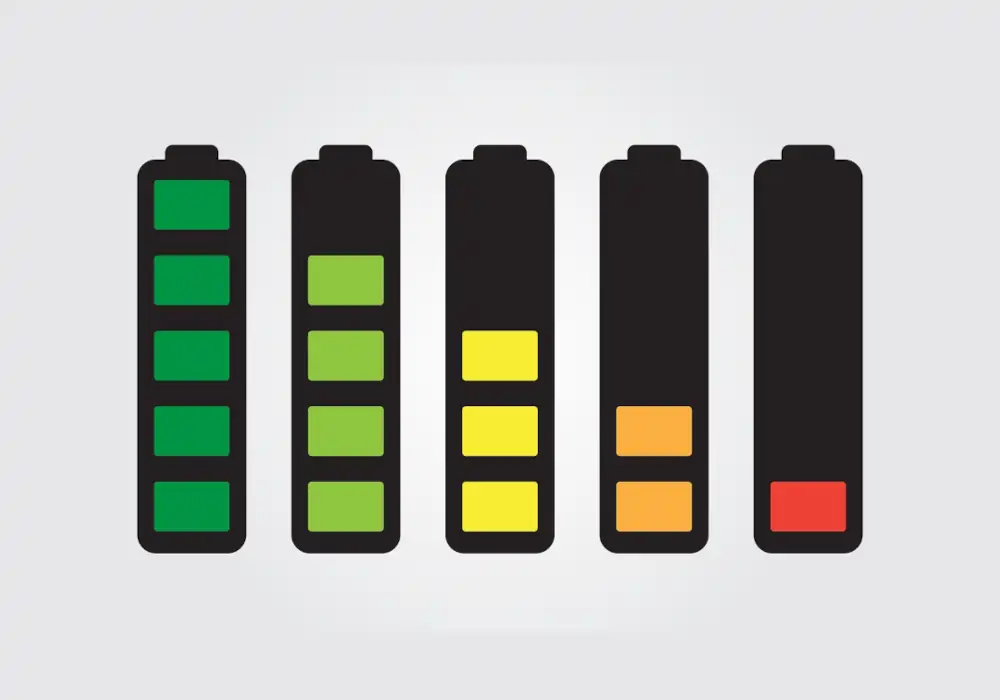Interesting Facts about Space
Space is a three-dimensional continuum containing positions and directions. It is the area which surrounds the planet Earth and the other planets and stars. In classical physics, physical space is often conceived in three linear dimensions.
Space is the final frontier. It’s wide, mysterious and incredibly fascinating. For the centuries, humanity has looked up at the night sky in wonder. From mind-bending distances to the bizarre behavior of planets and stars, space is full of surprises.
Also Read: Interesting Engineering Facts
Here are some of the most interesting and amazing facts about space that will leave you in surprise are as follows,
- Space has no atmosphere, which means sound can’t travel in the space. That is why astronauts are using radios in space to communicate with each other and to the earth.
- A day on Venus is longer than a Year. Venus has an extremely slow rotation, it takes about 243 Earth days to complete one rotation, but only 225 Earth days to orbit the Sun.
- The Sun is so massive that about 1.3 million Earths can fit inside the sun. It makes up 99.86% of the mass of the entire solar system.
- The Kármán Line is considered as the edge of space. It is just 100 kilometers (62 miles) above the sea level. You could technically drive into space in just under an hour if you could drive straight up.
- In microgravity, astronauts’ spines expand and making them up to 2 inches taller during their time spent in the orbit. And they shrink back to the normal after returning to the Earth.
- Saturn is made mostly of gas and has such a low density that it would float in a giant bathtub.
- Because of microgravity, gas and liquid in your stomach don’t separate like on Earth. Astronauts can’t burp properly in space.
- A massive gravitational pull from a black hole warps space and time, meaning time moves slower near a black hole than far away.
- Scientists estimate there are over 1 septillion more than all the grains of sand on every beach.
- Laika a Soviet space dog is a first living being that became the first living being to orbit Earth in 1957 aboard Sputnik 2.
- A day on Mercury lasts around 1408 Hours that are equivalents to 59 Earth days.
- The spacecraft re-enters to the Earth’s atmosphere at the speed of 25,000+ km/h that need heat shields to withstand temperatures of over 1,600°C from atmospheric friction.
- Lunar dust is sharp like glass and can cling to everything. It even damaged Apollo astronauts’ suits.
- A neutron star is the collapsed core of a massive star after a supernova. They are incredibly dense just one teaspoon of neutron star material would weigh about 6 billion tons on Earth.
- The universe is constantly expanding. Galaxies are moving away from each other at astonishing speeds.
- The space is empty and has no temperature. Without air or matter to hold heat, temperatures in space vary wildly depending on your exposure to the Sun.
- 95% of the universe remains unexplored. That includes mysterious elements such as dark matter and dark energy, which scientists are still working to understand.
- Olympus Mons is the largest volcano in the solar system on Mars and it is nearly 3 times the height of Mount Everest about 22 kilometers (13.6 miles) in height.
- Every year, the Moon is slowly moving away from the Earth about 3.8 centimeters.
- Astronomers have found vast clouds of alcohol floating in space, including ethyl alcohol, the type in alcoholic drinks.
- The one at the center of the Milky Way, Sagittarius A*, is about 4 million times the mass of our Sun.
- All other planets in our solar system are named after Roman or Greek gods.
- Jupiter has 95 moons than any other planet in the solar system.
- The coldest place in the universe is a Boomerang Nebula. It has temperature of just 1 Kelvin around −272.15°C colder than outer space itself.
- HD 189733 b has winds up to 8,700 km/h and rains molten glass horizontally due to intense heat and wind.
- You cannot cry in space. The tears don’t fall as they form bubbles around your eyes due to zero gravity.
- There are over 100 billion. Each galaxy contains millions to billions of stars, planets and much more. The Milky Way is one of the galaxies in the cosmos.
- Just like earthquakes, moonquakes happen on the Moon. They are caused by tidal forces from Earth or meteorite impacts. The moonquakes can last for up to 30 minutes.
- The V-2 rocket, developed by Nazi Germany during WWII, was the first object to reach the edge of space in 1944.
- Astronauts have reported that space smells like welding fumes, or gunpowder probably due to ionized gas and particles.
- Gliese 436 b is an exoplanet with burning ice due to its extreme gravity and temperature.
- Voyager 1 is the farthest manmade object from Earth launched in 1977. It is over 14 billion miles away and still transmitting the data.
- The Moon has no atmosphere, no weather, no sound, no protection from meteors. means:
- A light year is about 9.46 trillion kilometers.
- In about 5 billion years, the Sun will expand into a red giant and may engulf Mercury, Venus, and possibly Earth.
- The winds on Neptune reach about 1200+ mph faster than the speed of sound. Neptune’s winds are the fastest in the solar system.
- Due to the solar wind, comet tails are pushed away from the Sun.
- The International Space Station (ISS) completes about 16 orbits per day, giving astronauts a sunrise and sunset every 45 minutes.
- Shooting stars are tiny meteoroids burning up in Earth’s atmosphere, creating bright streaks of light.
- Stars twinkle on Earth because of our atmosphere. In space, they shine with a steady light.





